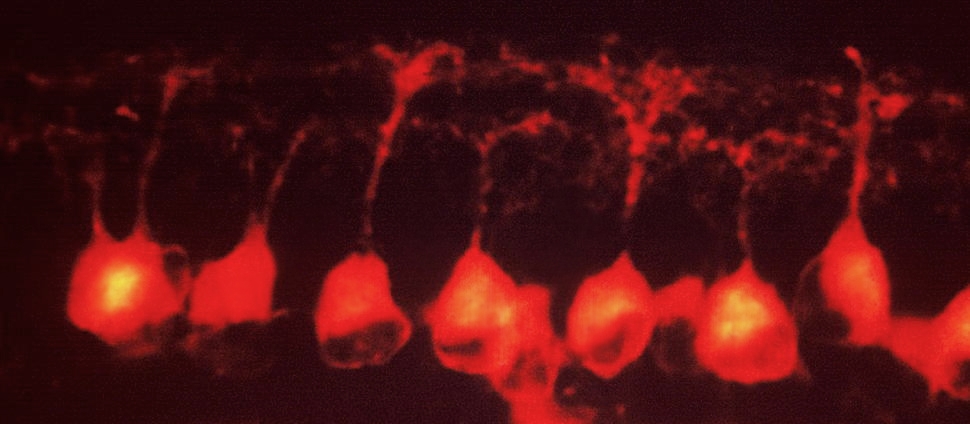Document Type
Article
Publication Date
6-1-2020
Publication Title
Neuroscience and Biobehavioral Reviews
Abstract
A major feature of life in groups is that individuals experience social stressors of varying intensity and type. Social stress can have profound effects on health, social behavior, and ongoing relationships. Relationships can also buffer the experience of exogenous stressors. Social stress has most commonly been investigated in dyadic contexts in mice and rats that produce intense stress. Here we review findings from studies of diverse rodents and non-traditional group housing paradigms, focusing on laboratory studies of mice and rats housed in visible burrow systems, prairie and meadow voles, and mole-rats. We argue that the use of methods informed by the natural ecology of rodent species provides novel insights into the relationship between social stress, behavior and physiology. In particular, we describe how this ethologically inspired approach reveals how individuals vary in their experience of and response to social stress, and how ecological and social contexts impact the effects of stress. Social stress induces adaptive changes, as well as long-term disruptive effects on behavior and physiology.
Keywords
Group housing, Meadow voles, Mice, Mole-Rats, Prairie voles, Rats, Social behavior, Social buffering, Social hierarchy, Sociality, Stress, Visible burrow system
Volume
113
First Page
354
Last Page
372
DOI
10.1016/j.neubiorev.2020.03.033
ISSN
01497634
Rights
© The authors
Version
Author's Accepted Manuscript
Recommended Citation
Beery, Annaliese K.; Holmes, Melissa M.; Lee, Won; and Curley, James P., "Stress in Groups: Lessons from Non-Traditional Rodent Species and Housing Models" (2020). Neuroscience: Faculty Publications, Smith College, Northampton, MA.
https://scholarworks.smith.edu/nsc_facpubs/24



Comments
Peer reviewed accepted manuscript.